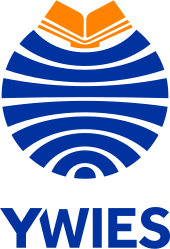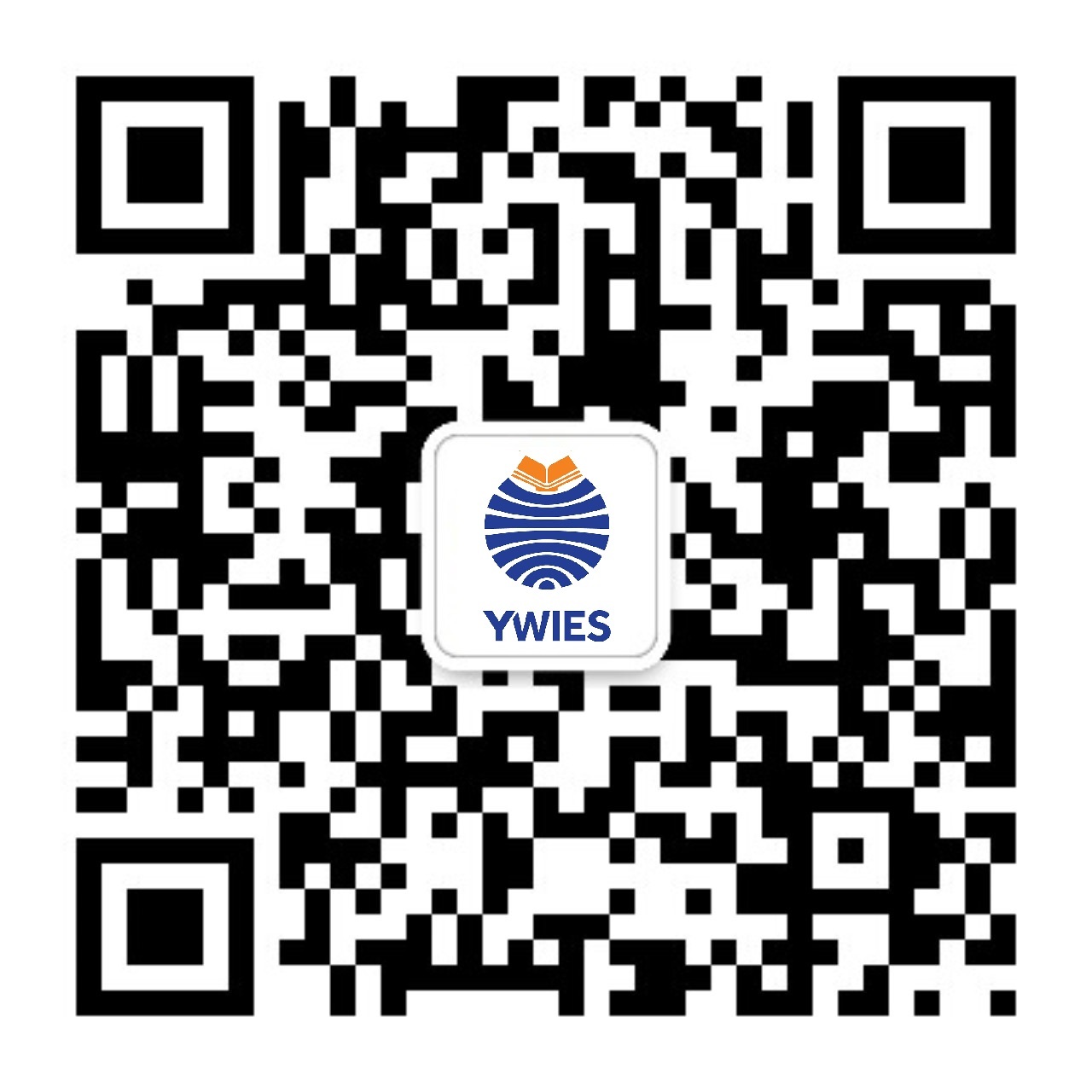Go Back
News
School News
YCYW ECE: Joyful Growth in the “Wonderful Nature” Emergent Curriculum
School News
25 Jun, 2025
10 : 33
在耀中耀华幼教部的K2/3教室里,充满惊喜和探索性的“奇妙自然”新兴课程正在悄然展开。春夏两季充满活力,老师们敏锐地注意到孩子们对户外自然生物的浓厚兴趣。该课程设计的背后是深刻的教育理念。2 到 3 岁的儿童正处于对世界充满好奇心和强烈探索欲望的阶段。大自然作为最自然、最丰富的教育资源,蕴含着无尽的知识和神秘。通过开展以“奇妙自然”为主题的新兴课程,旨在遵循孩子们的天生倾向,引导他们通过与大自然的亲密接触实现全面发展,培养对世界的热爱和探索的精神。老师们精心设计了一系列丰富多彩的游戏活动,让孩子们在玩乐的同时,逐渐发展各个领域的能力。
Numbers and Cognition: Opening the Door to Wisdom Through Play
Numbers are an abstract and mysterious concept for two- to three-year-old children. However, teachers cleverly incorporate numbers into games that children love, making number learning lively and fun. In the corn starch sensory game, different leaves with numbers 1 to 10 written on them are placed in a sensory pool. The children excitedly observe the numbers on the leaves, counting the number of pictures drawn on them while trying to match the numbers with objects. This method of combining abstract numbers with concrete items aligns with children’s primarily visual and concrete thinking style. Through the game, children not only gain an initial sense of numbers but also develop their observation and concentration skills. Each successful match is a small bloom of their wisdom, laying a foundation for deeper learning in the future.
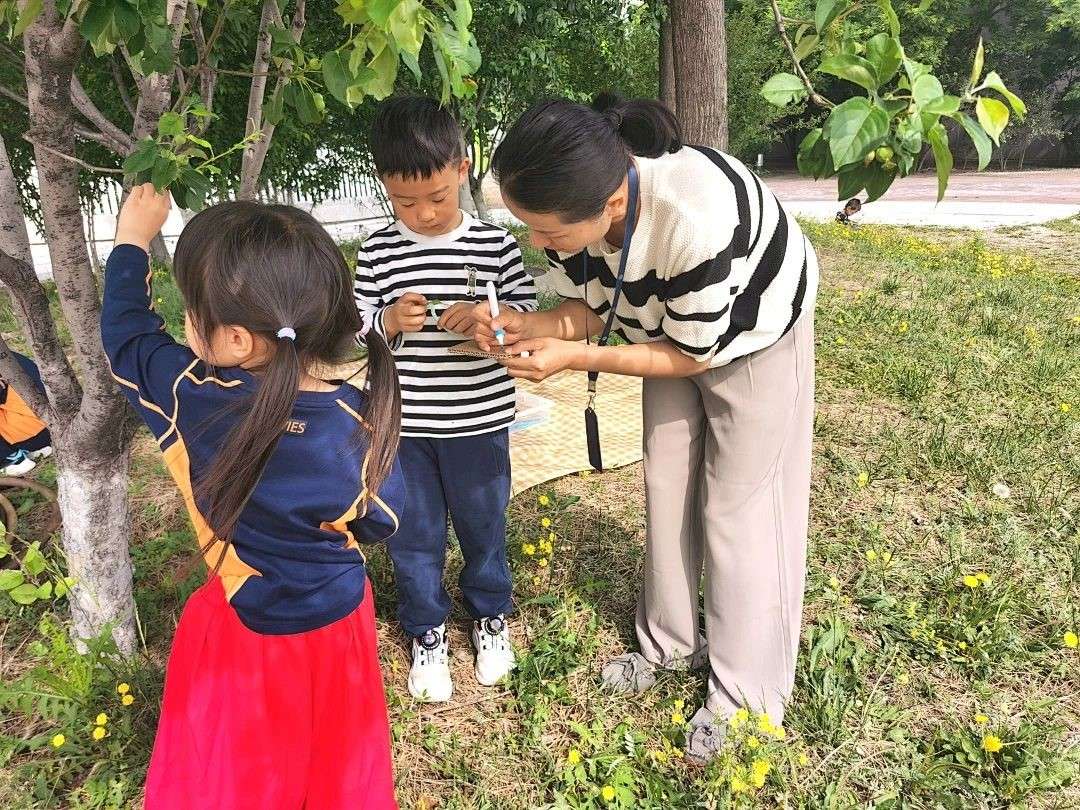
艺术与创造力:用双手描绘多彩世界
大自然是孩子们最好的艺术老师。户外绘画创意绘画活动吸引了许多小朋友的热情参与。孩子们穿着罩衫,兴奋地探索如何从喷雾瓶中挤出颜料,喷洒并在画布上排列。他们自由地交换不同的颜色,独立拧开瓶盖,用滴管沾取颜料,并观察随着彩色水滴在纸上扩散,颜色逐渐稀释和混合。在这个过程中,孩子们成为了大自然的小艺术家,用自己的双手创作出自己独特的作品。这种自由创作的氛围让孩子们充分释放了他们的想象力。他们大胆地选择自己喜欢的颜色,并通过画笔表达他们对大自然的热爱。每一笔色彩和每一条线条都反映了他们的内心世界,是他们创造力的充分表达。
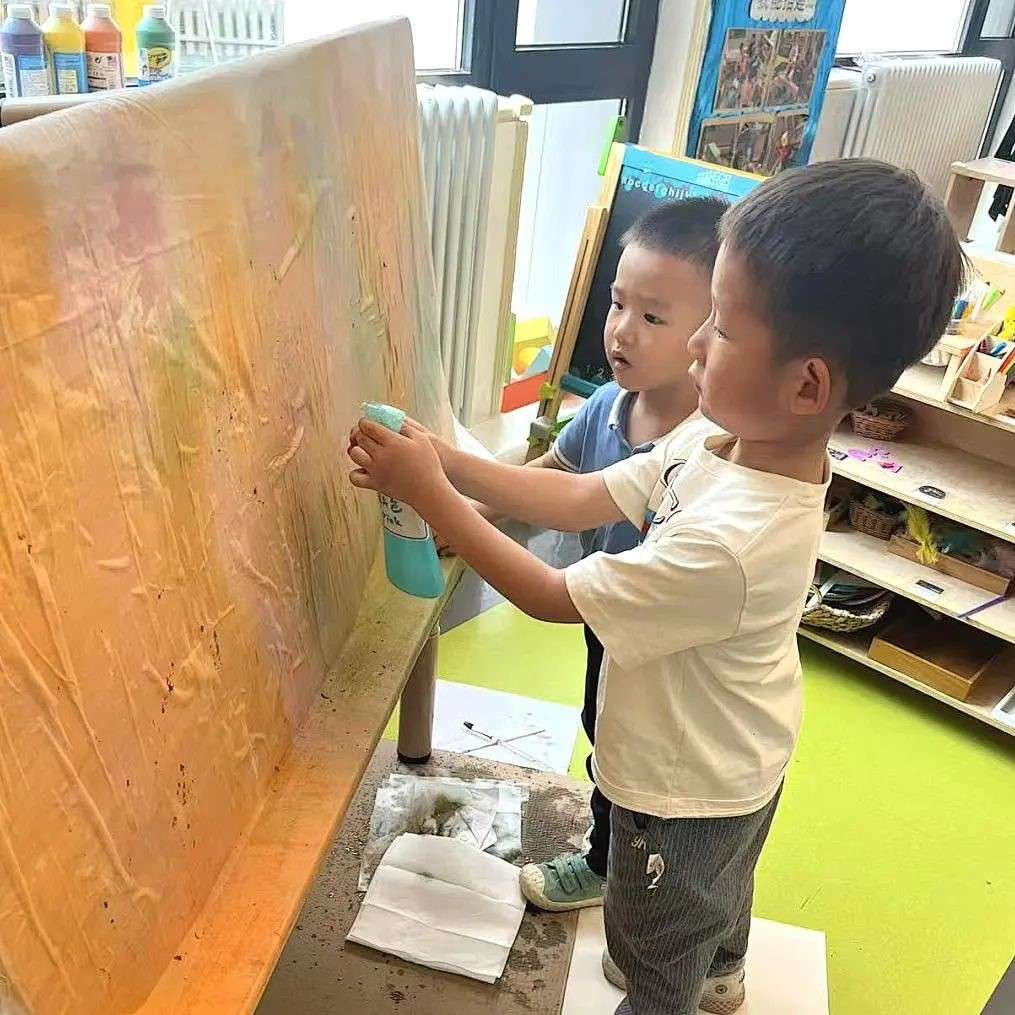
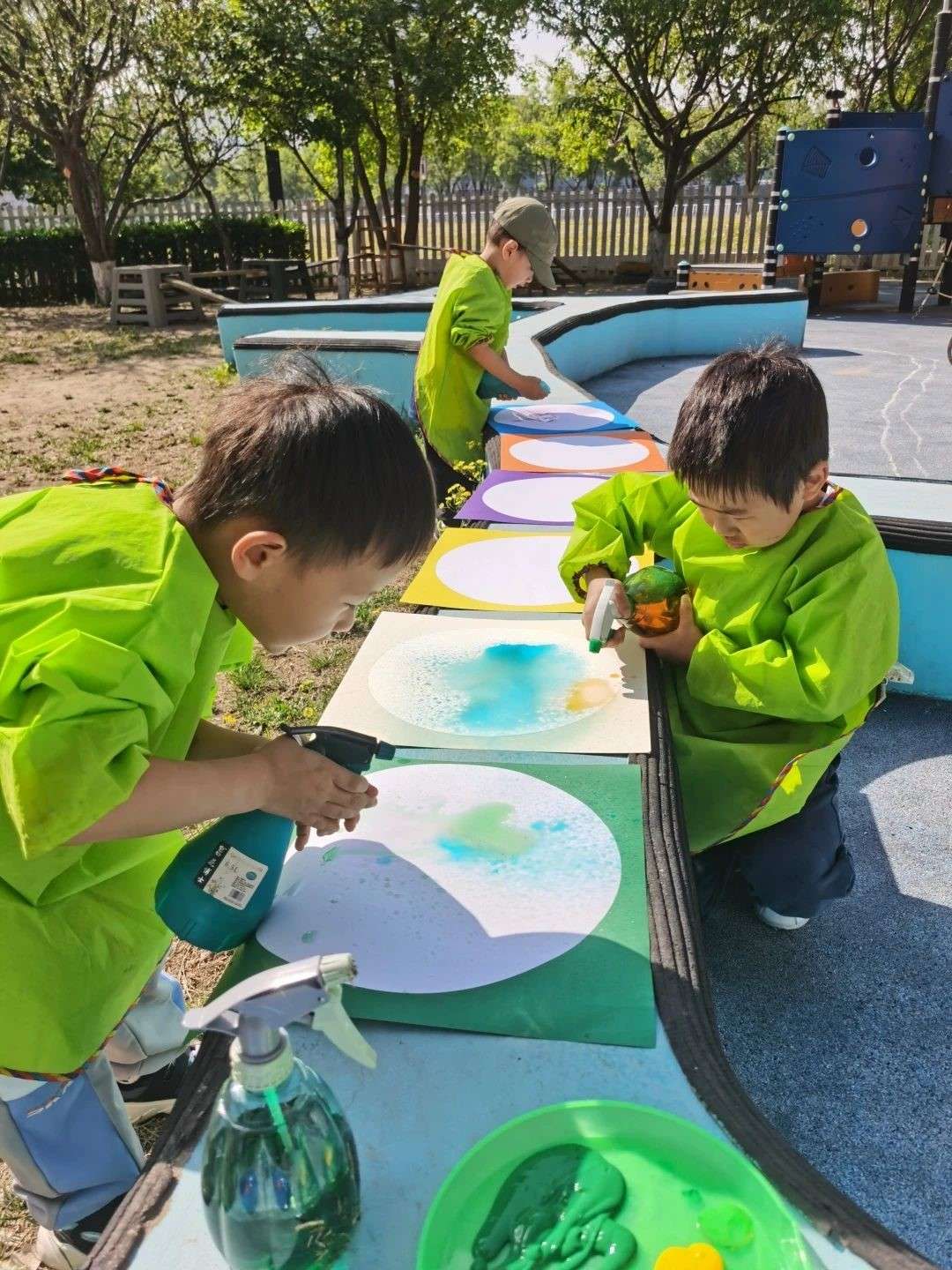
Language and Expression: Sparking Thought Through Communication
Language is an important tool for children to express their ideas and feelings. Teachers create abundant opportunities for language interaction. During outdoor exploration, children observe various colourful animals and plants and actively communicate their descriptions of colours with teachers and peers. They express the colours of the flowers they collect in English, learning related vocabulary.
During the parent-child outing, children and parents work together to assemble pipes to transport colourful balls, experiencing teamwork. Throughout this process, children actively communicate with their parents and learn to express spring colours in English. They also collaborate with parents in a new game transporting elastic fluffy ball, which helps develop their hand-eye coordination and physical agility. This interaction not only promotes children’s language development but also cultivates their thinking skills and spirit of cooperation. As one parent said, “My child has become more talkative during the activities and actively shares his discoveries with me, which shows me how much progress he has made in language.”
Physical Activity and Health: Strengthening the Body Through Play
Health is the foundation of children’s growth. Teachers designed a variety of physical games to help children exercise and improve their physical fitness through play. In the gym, children followed the teacher in playing sports games involving chasing and dodging. Their speed increased, and most students became able to flexibly change direction and quickly avoid runners coming from different directions, demonstrating initial awareness and ability for self-protection. During health lessons, the teacher led the children to imitate the movements of insects such as spiders and ants by climbing and walking on ropes. These activities not only enhanced children’s coordination, strength, balance, and agility but also cultivated their spirit of teamwork. The children encouraged and supported each other during the games, completing challenges together and greatly boosting their confidence. Education experts point out that this curriculum design, which integrates physical activity with natural elements, effectively stimulates children’s interest in exercise and promotes their physical and mental health development.
Science and Society: Understanding the World Through Exploration
Scientific exploration is an important way for children to understand the world. During their observation of nature, children developed a strong interest in insects and plants. They observed ants, spiders, caterpillars, and other insects outdoors, exploring their habits and characteristics. Teachers guided the children to think and discuss questions such as “Where have you seen ants?” and “What do ants eat?” The children confidently shared their views based on their own experiences, and the teacher wrote down their answers verbatim. This not only promoted the development of the children’s language expression skills but also helped them understand the use of written symbols in daily life.
In the activity of making insect habitats, the children were able to focus more attentively, design independently, add detailed elements to their creations, and pay attention to spatial arrangement. They patiently studied the use of tools and materials, moulded clay, and used white glue to stick wooden blocks and stones. Throughout this process, the children’s scientific inquiry skills and creativity were fully exercised, and they became increasingly imaginative and innovative. Through these activities, children learned to observe, think, and solve problems, gradually gaining an understanding of the mysteries of the natural world.
The “Wonderful Nature” emergent curriculum for K2/3 at YCYW ECE is like a magical key that opens a door to knowledge, art, language, physical activity, and science for the children. The children happily grow through play, gradually developing abilities in various domains, laying a solid foundation for future learning and life. We believe that in such a loving and exploratory educational environment, the children will surely shine even more brilliantly, like thriving seedlings growing strong in nature.
